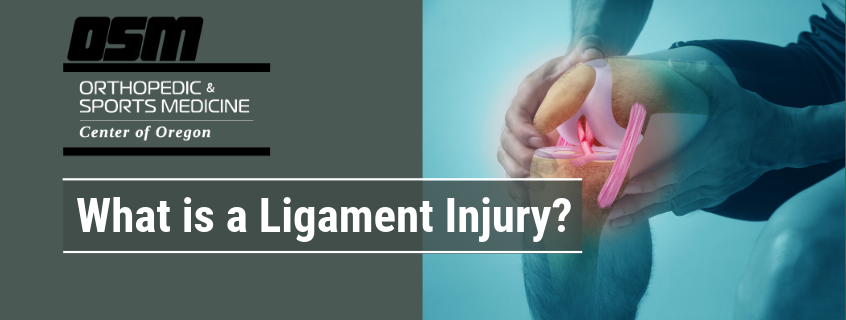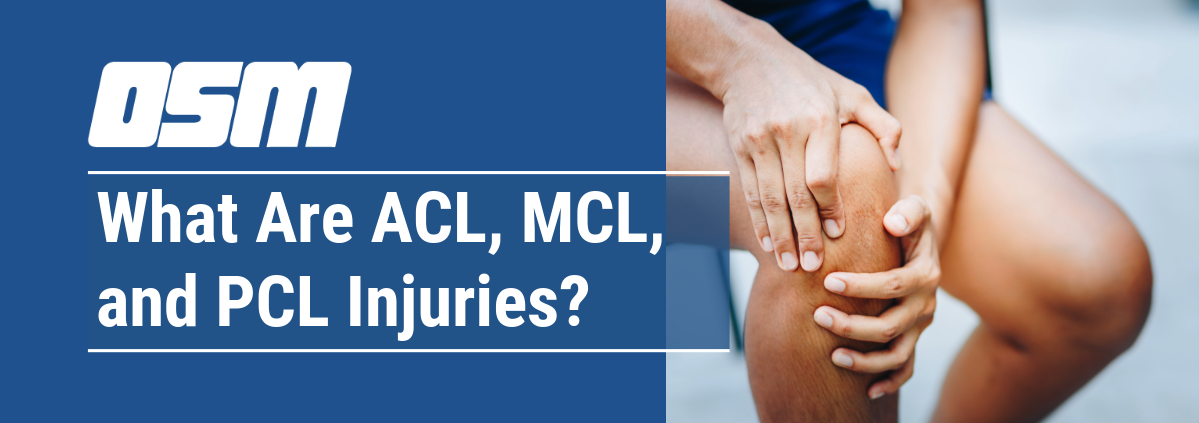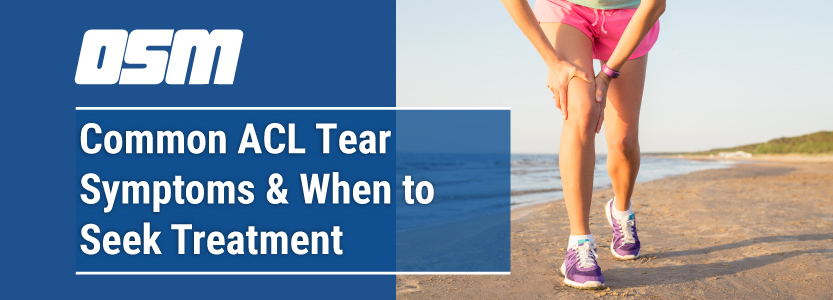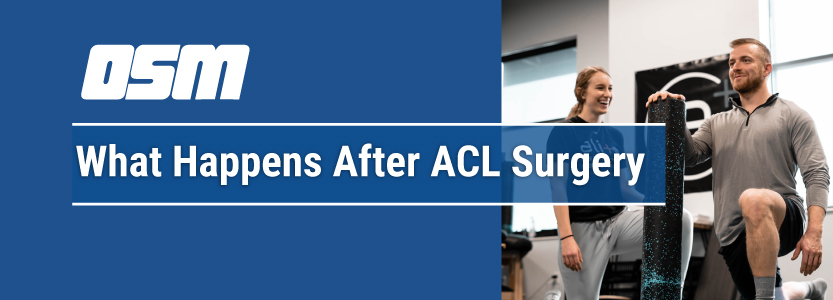What is a Ligament Injury?
Article featured on New York Presbyterian
Ligaments are strong connective tissues that hold bones together and provide joint stability. Overstretching a ligament can result in injury, which sometimes includes tearing.
A ligament injury is sometimes indicated by a “popping” sound and can be very painful, often accompanied by swelling and bruising. This popping sound is usually heard when an ACL (anterior cruciate ligament) is torn. A tear to the ACL in the knee is one of the most common ligament injuries in sports. It typically occurs when twisting quickly—for instance, when changing direction in sports like football, basketball, skiing, and soccer.
Ligament injuries can also occur in the shoulders, ankles, wrists, and thumbs.
Types of Ligament Injuries
Ligament injuries are considered sprains and are graded according to their severity:
- Grade 1 –A ligament is stretched with a possible mild tear
- Grade 2 – The ligament has sustained a tear
- Grade 3 –The most severe ligament injury where a complete tear, called a rupture, has occurred
Signs & Symptoms of Ligament Injury
The signs and symptoms of a ligament injury can be obvious—the affected area will be painful and tender, accompanied by bruising and swelling. The severity of a tear depends on a person’s range of motion and the treatment needed.
The main symptoms of a ligament injury are:
- Pain
- A “popping” sound when the injury first occurred
- Swelling and bruising
- Inability to bear weight down on the joint
- The joint may feel loose
What Causes Ligament Injury?
A ligament injury can occur when a joint is forced out of its position. This can happen due to a fall, a sudden twist, or a blow to the body, as in football.
The sports that lead the way in enduring the most ligament injuries are:
- Basketball
- Soccer
- Football
- Ice Hockey
The Orthopedic & Sports Medicine Center of Oregon is an award-winning, board-certified orthopedic group located in downtown Portland Oregon. We utilize both surgical and nonsurgical means to treat musculoskeletal trauma, spine diseases, foot and ankle conditions, sports injuries, degenerative diseases, infections, tumors and congenital disorders.
Our mission is to return our patients back to pain-free mobility and full strength as quickly and painlessly as possible using both surgical and non-surgical orthopedic procedures.
Our expert physicians provide leading-edge, comprehensive care in the diagnosis and treatment of orthopedic conditions, including total joint replacement and sports medicine. We apply the latest state-of-the-art techniques in order to return our patients to their active lifestyle.
If you’re looking for compassionate, expert orthopedic and podiatric surgeons in Portland Oregon, contact OSM today.
Phone:
503-224-8399
Address
17355 Lower Boones Ferry Rd Suite 100A
Lake Oswego, OR 97035
Hours
Monday–Friday
8:00am – 4:30pm





